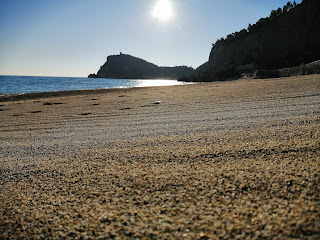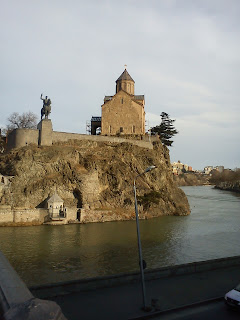International Organizations and Sustainable Tourism – UN 1
Ciao!
It’s a loooong winter, and I am really taking my time. So yes, I acknowledge that I’ve been lazy. ;-) well, who isn’t every now and then?
And it’s winter, still: unroll the bear in you…
Back to our beloved topic of International organizations and sustainable tourism, in listing some institutions the European Union collaborates with (see the posts EU 1, 2, 3, 4, 5), the name of the United Nations (UN) has obviously emerged. UN role in international law, in international relations is since its foundation after the Second World War, essential.
For those who always wondered and never had the time or chance to scan it, the UN consists of a General Assembly, where each member state has a seat, an elective Secretariat, and the Security Council with five permanent members (United States, Russia, France, United Kingdom, China). Moreover there are two Courts (the Court of Justice and the Court for International Crimes) and an Economic and Social Council.
Over the decades numerous agencies, as well as institutions and bodies have enriched the UN archipelago. Other four UN bodies are the Development Program (UNDP), the Refugee Program (UNHCR), the Childhood Program (UNICEF), and the Economy Program (UNEP). The FAO, UNESCO, the WHO and the WTO are specialized agencies of the UN.
This very brief summary of the UN structure is the sound ground to understand how the UN works, and what it is doing in the sustainable tourism sector.
The General Assembly took the lead with a Resolution adopted on 19 December 2014, then with the Report of the Sustainable Tourism Committee in 2015. The year 2017 was declared the International Year of Sustainable Tourism for Development.
The 2017 International Year of Sustainable Tourism for Development had a remarkable impact and generated a new interest in sustainable tourism through events, conferences, projects spread all over the planet. Projects, programs, knowledge sharing involved private individuals, public bodies, research centers, schools of all levels. All events and actions revolved around five pillars:
1) Inclusive and sustainable economic growth
2) Social inclusion, employment and poverty reduction
3) Resource efficiency, environmental protection and climate change
4) Cultural values, diversity and heritage
5) Mutual understanding, peace and security
The hashtag #travelenjoyrespect and tourism4development collected images, stories, information on responsible tourism, on the protection of ecosystems and cultural heritages, on travelers’ awareness campaigns, on community support, plus a list of events held and possibly still in progress.
As it is always the case when International Years are declared, the General Secretariat was also involved. The Secretariat committed to sustainable tourism in the 90s. In April 1999, meetings on the role of tourism in sustainable development were promoted under the aegis of the Secretariat. UN is a partner in the Global Code of Ethics for Tourism.
An important tool for drawing internationally approved guidelines of sustainable tourism are the Decisions of the Sustainable Development Committee. The Decisions embed the various UN steps on sustainability, such as the Rio Declaration, Change in Consumption and Production, The Future We Want, the Addis Ababa Agenda, and the 2030 Agenda.
Next post will be about the Future We definitely Want :-D
Have a great week!!!



Commenti
Posta un commento